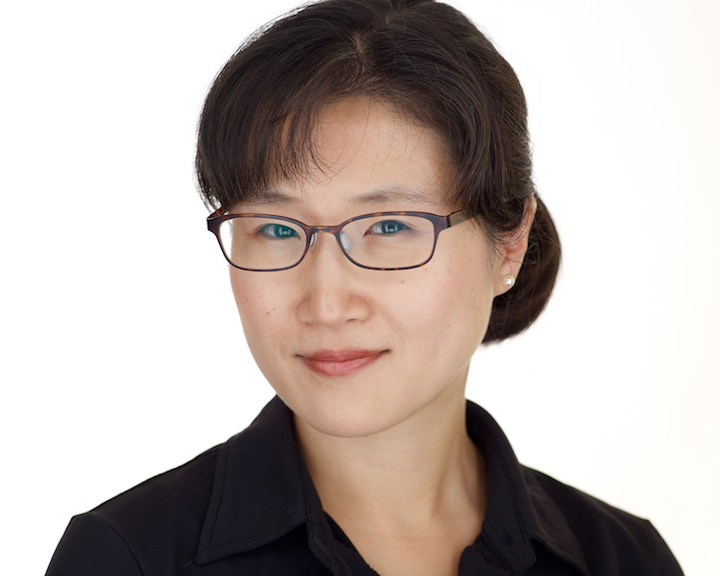
Sun Hur, Ph.D.
Our laboratory investigates the molecular mechanisms of self and non-self discrimination by the immune systems. We are currently focusing on the two topics: (1) the innate immune receptors involved in antiviral immune response, and (2) the transcription factors involved in T cell development of self tolerance.
Research:
Our laboratory investigates the molecular mechanisms of self and non-self discrimination by the immune systems. We are currently focusing on the two topics: (1) the innate immune receptors involved in antiviral immune response, and (2) the transcription factors involved in T cell development of self tolerance.
(1) Several pattern recognition receptors (PRRs) in the innate immune system are responsible for the early detection of pathogen invasion and activation of the appropriate immunological response. We are particularly interested in how a subset of PRRs, such as RIG-I-like receptors, efficiently and accurately discriminate between self and non-self RNAs that are made up of the identical building blocks. It was traditionally thought that the dsRNA structure, which is often present in viral RNAs, provides sufficient means for PRRs to selectively recognize viral RNAs against the background of cellular RNAs. However, accumulating evidence suggests that the mechanism for viral RNA detection is more complex than a simple duplex binding, and the rules that separate self from non-self may not be as rigid as previously thought. This view point is supported by the fact that even a single point mutation in the receptor can lead to incorrect recognition of self-RNA and aberrant activation of the immune signaling pathway, which in turn can cause auto-immune or -inflammatory diseases. Our mechanistic studies on the RIG-I-like receptors, in particular the discovery of their oligomerization and signaling mechanisms, have provided a new framework for understanding how these receptors detect viral RNAs during infection, how this recognition is coupled to antiviral signal activation, and how certain mutations lead to inappropriate recognition of self RNAs. Current research is focusing on other properties of these receptors, for example our recent discovery of the non-canonical effector-like function that likely synergies with the canonical receptor function.
(2) Unlike the innate immune system, the adaptive immune system establishes its ability to discriminate between self vs. non-self through a series of positive and negative selections of T- and B-cells. In establishing immunological tolerance of T-cells against self antigens, a transcriptional regulator, AIRE, plays a central role by up-regulating thousands of peripheral tissue antigens in the thymus medulla, the site of negative selection of self-reactive T-cells. Mutations that impair proper functioning of AIRE result in development of multiorgan autoimmune disease, known as APECED. AIRE functions through formation of a large complex with proteins involved in transcriptional control and mRNA processing. However, the precise molecular composition of these complexes, their assembly pathways and the mechanism by which they regulate promiscuous gene expression are poorly understood. Adding to this challenge is a poor biochemical behavior of the AIRE protein, which has thus far defied rigorous analyses of its function. We are currently investigating the structural assemblies underlying the apparent aggregation behavior, and how the assembly structure and process play a role in target site recognition and transcriptional regulation.
Our lab uses a combination of crystallography, electron microscopy, biochemistry and cell biology to determine the structures, dynamics and functions of these proteins in isolation and in complex with functional partners.
Address:
Center for Life Sciences Bldg, room 3095
3 Blackfan Circle
Boston, MA 02215
Nat Genet
View full abstract on Pubmed
Cell
View full abstract on Pubmed
Proc Natl Acad Sci U S A
View full abstract on Pubmed
Proc Natl Acad Sci U S A
View full abstract on Pubmed